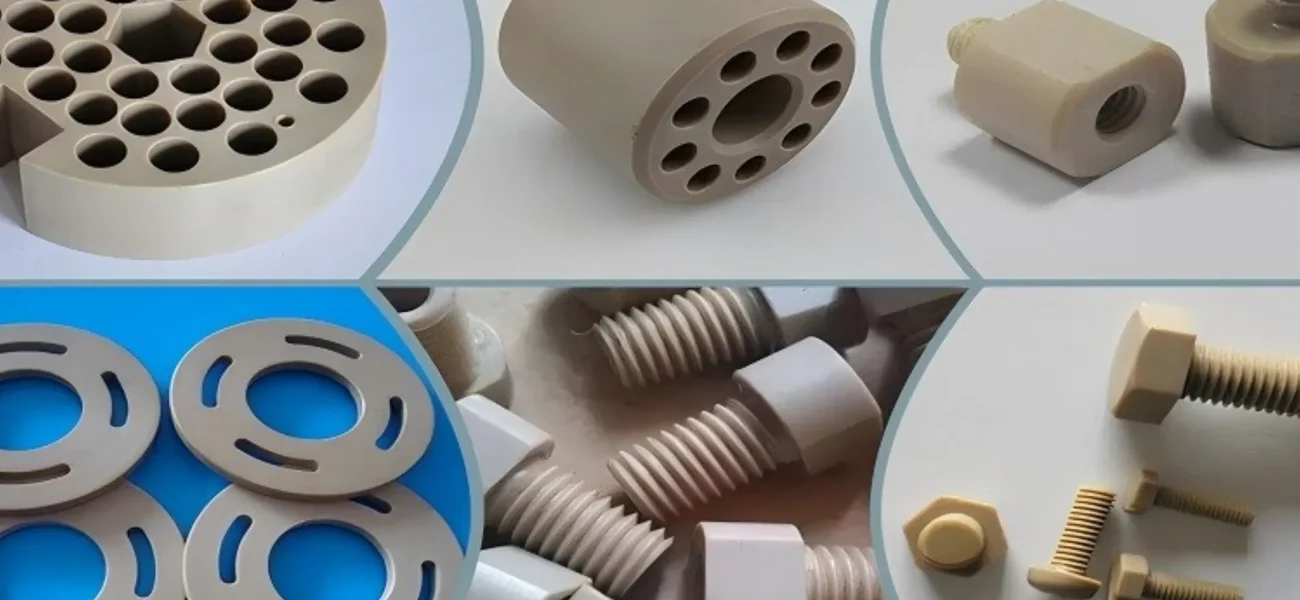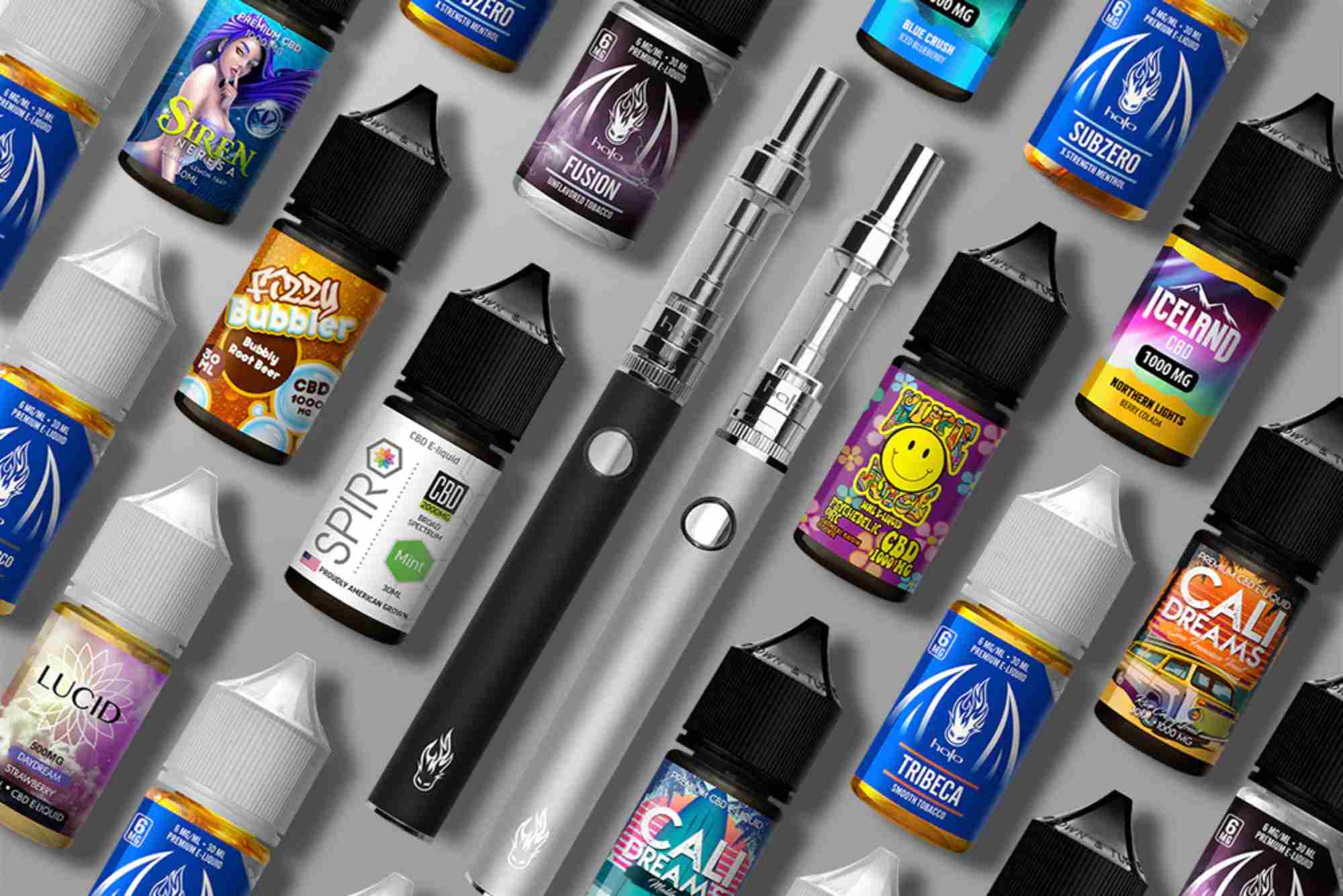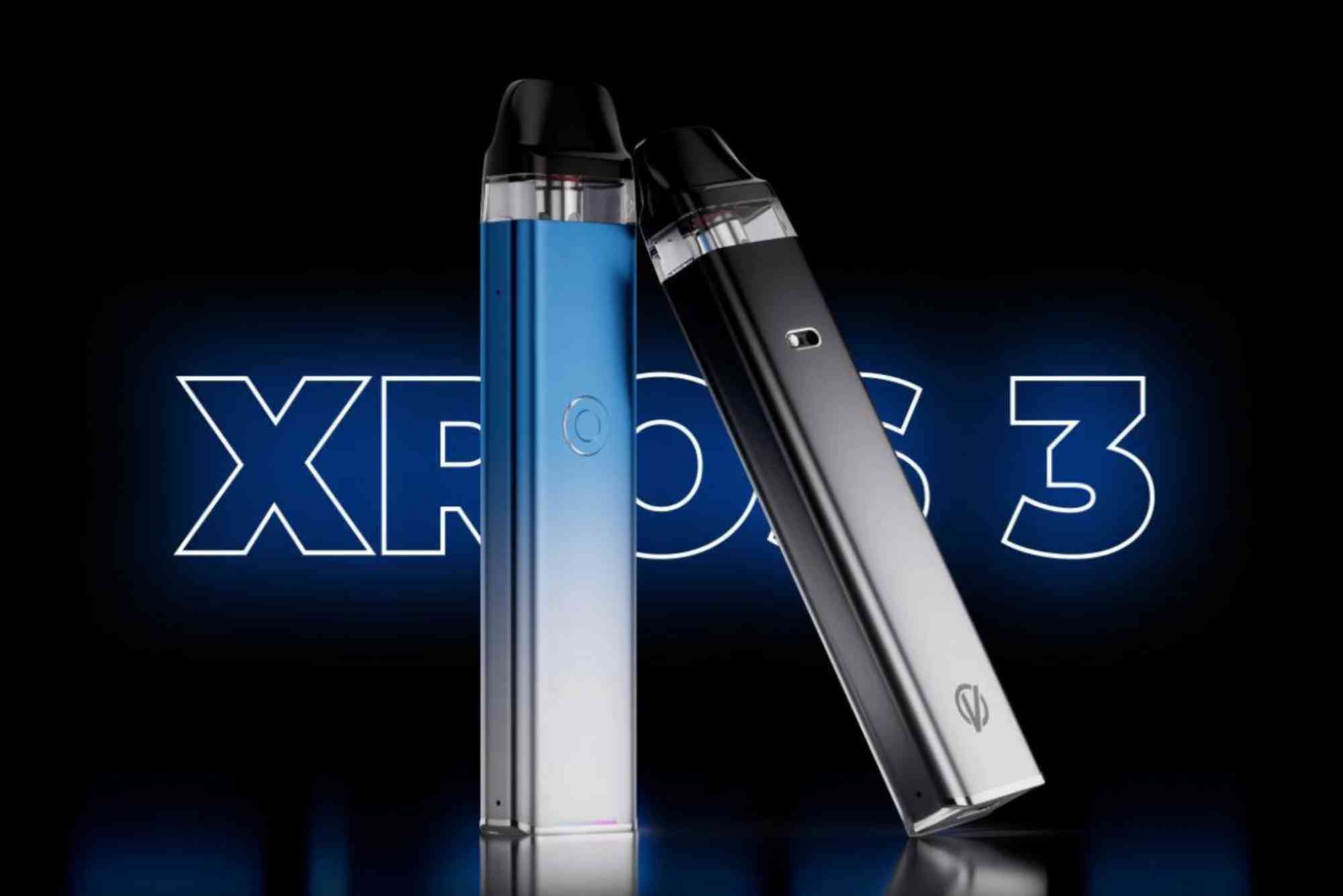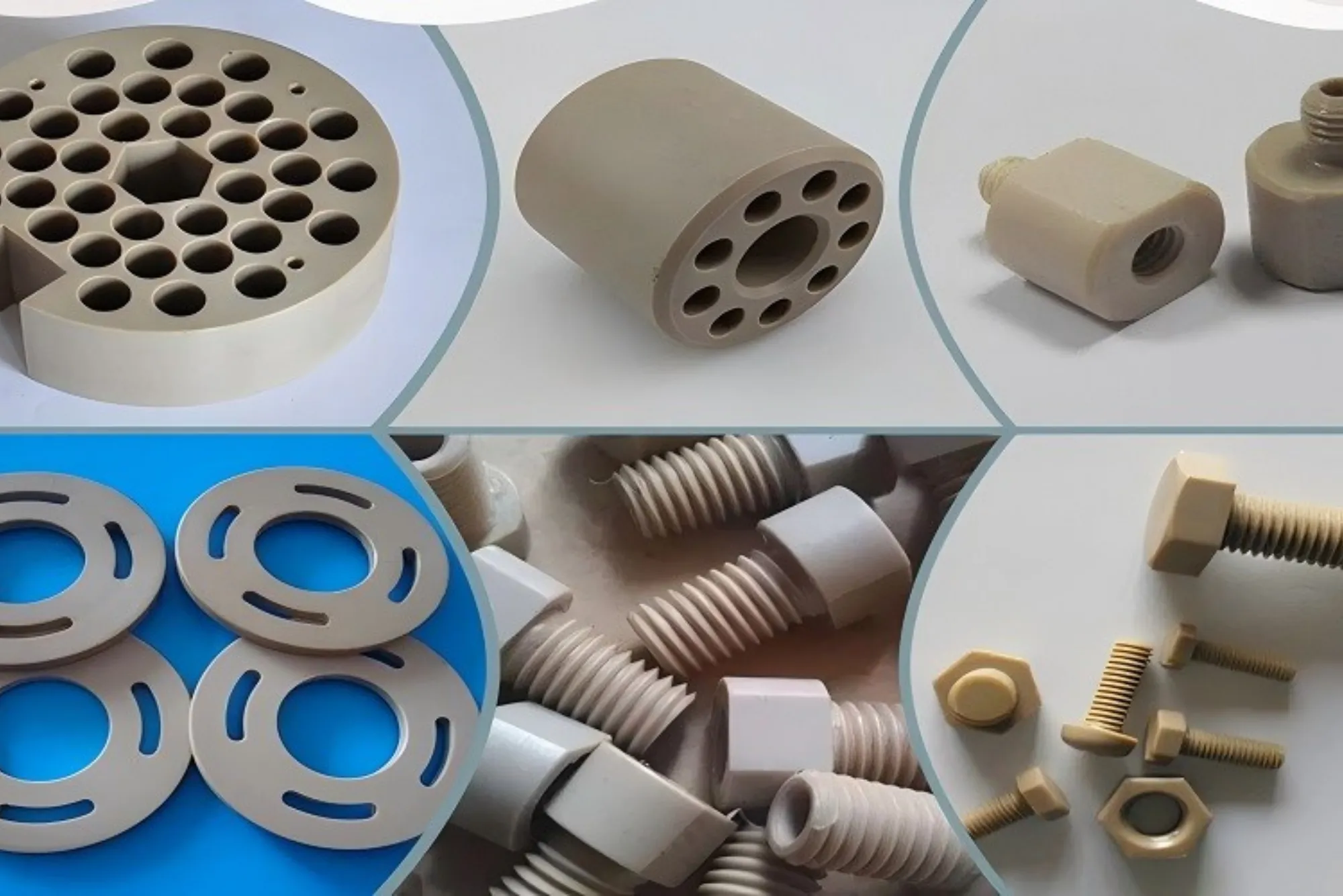When we think about sustainability, plastic often gets a bad reputation. It is associated with pollution, waste, and environmental harm. Yet, the reality is more nuanced. Plastic is deeply integrated into modern industries—from automotive to medical devices—and in many cases, it’s actually more efficient and durable than alternative materials. The real challenge is not the material itself, but how it is produced, used, and recycled. For anyone working with a plastic molded parts manufacturer or collaborating with a plastic parts company, the question becomes: how do we ensure the process is eco-friendly without compromising quality or cost?
As someone who has worked with suppliers and engineers in this space, I’ve seen the shift firsthand. More companies are making serious efforts to balance functionality with sustainability. Here’s a deeper dive into what eco-friendly production in plastic molded parts really means and how it can be achieved.
Designing for Sustainability from the Start
Eco-friendly production doesn’t begin in the factory—it starts at the design table. A plastic molded parts manufacturer can dramatically reduce environmental impact by guiding clients toward designs that use less material, require fewer processing steps, or enable easier recycling.
For example, lightweighting techniques in automotive plastic components not only save raw material but also improve fuel efficiency once those parts are in use. A plastic parts company that emphasizes design-for-sustainability helps clients see the long-term benefits of smarter designs rather than just short-term cost savings.
Choosing the Right Materials
Sustainable production is impossible without sustainable materials. Traditional petroleum-based plastics may be cheap, but they carry heavy environmental baggage. Fortunately, the industry has more options today:
-
Biodegradable plastics such as PLA (polylactic acid) derived from corn starch.
-
Recycled plastics that give a second life to post-consumer or industrial waste.
-
High-performance polymers designed for recyclability.
Working closely with a plastic molded parts manufacturer who understands material science is crucial. The wrong choice can lead to higher energy use, shorter product life, or difficulties in recycling. But the right material selection aligns both ecological and performance goals.
Energy Efficiency in Manufacturing
Injection molding is energy-intensive. Machines run for hours, often at high temperatures, which translates to significant energy consumption. This is where innovation comes in. Many forward-thinking plastic parts companies are switching to all-electric injection molding machines that consume far less energy than hydraulic ones.
Additionally, manufacturers are optimizing production cycles, reusing waste heat, and implementing smart factory technologies to monitor and reduce energy usage. These efforts not only reduce carbon footprints but also cut costs, making sustainability a business win as well as an environmental one.
Reducing Waste in Production
One of the most direct ways a plastic molded parts manufacturer can operate more sustainably is by reducing waste. Traditional production often generates sprues, runners, and defective parts that end up as scrap. Today, more facilities are:
-
Regrinding and reusing plastic waste within the same production cycle.
-
Using hot runner systems that minimize material waste.
-
Implementing stricter quality control at earlier stages to avoid large-scale defects.
By minimizing waste, a plastic parts company not only helps the environment but also saves money, which can be reinvested into further sustainability initiatives.
Recycling and Closed-Loop Systems
A truly eco-friendly system doesn’t stop at production—it considers what happens after a part has served its purpose. Forward-looking plastic molded parts manufacturers are adopting closed-loop systems where old or defective parts are collected, recycled, and reintroduced into production.
For instance, a consumer electronics brand might work with its plastic parts company to create a take-back program for outdated products. Those plastics are then recycled into new components, creating a circular economy. This approach reduces landfill waste and ensures raw materials remain in circulation.
Certifications and Standards
Eco-friendly claims mean little without accountability. Certifications like ISO 14001 (Environmental Management Systems) or energy-efficiency audits add credibility to a plastic parts company’s sustainability journey. For buyers and clients, asking for these certifications is a practical way to ensure the supplier’s green promises are genuine.
Working with a plastic molded parts manufacturer that adheres to international environmental standards not only helps the planet but also strengthens your brand’s reputation with eco-conscious customers.
Collaboration Across the Supply Chain
Sustainability is not a one-sided effort. A plastic parts company might have cutting-edge technology, but if clients push for the cheapest, least sustainable solutions, progress stalls. Likewise, even the most eco-conscious clients need manufacturers who can deliver reliable, green alternatives.
In my experience, the best results come when manufacturers and clients collaborate closely. Joint R&D projects, shared investments in recycling infrastructure, or co-branded sustainability initiatives often yield solutions that would not be possible alone.
The Role of Innovation and Future Outlook
The future of eco-friendly plastic production lies in innovation. Research into bio-based plastics, chemical recycling technologies, and AI-driven production optimization is already showing promise. For example, AI can predict defects before they occur, reducing scrap rates and material waste.
As technology evolves, plastic molded parts manufacturers who adopt these innovations will not only stay competitive but also play a meaningful role in reducing global plastic pollution. Clients who choose to work with a plastic parts company prioritizing innovation will align themselves with future-ready sustainability practices.
Final Thoughts
Making plastic production eco-friendly is not about eliminating plastic altogether but about rethinking how we design, produce, and recycle it. From choosing better materials and investing in efficient machinery to reducing waste and adopting closed-loop systems, the opportunities for improvement are vast.
For companies sourcing components, the key is to partner with a plastic molded parts manufacturer or plastic parts company that takes sustainability seriously. When you align with the right partner, eco-friendly production becomes a competitive advantage, not just an environmental responsibility.
The transition to greener plastic manufacturing won’t happen overnight, but with every project, every design tweak, and every sustainable material choice, we move closer to a future where plastic can be part of the solution rather than just part of the problem.




